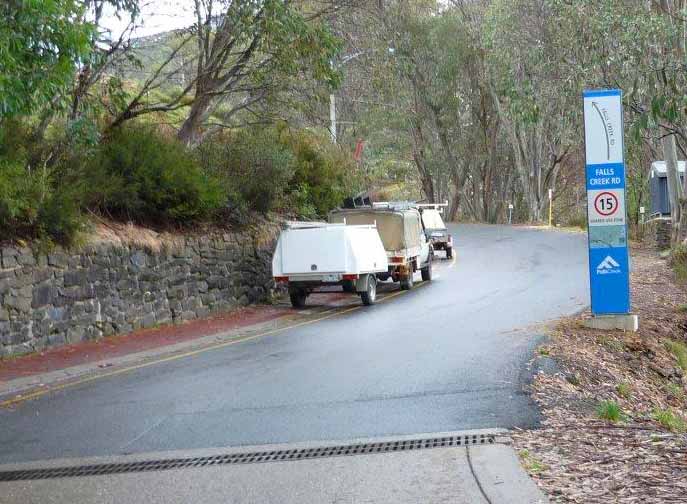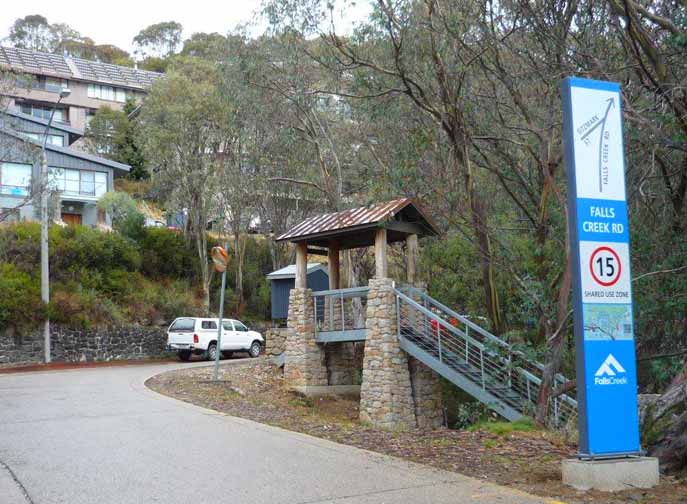A key issue that many natural settings have had to address is the fact that traditional approaches to roadside directional signage within park areas are often at odds with current best practice in relation to communicating with people while they are in transit in their vehicles.
This dichotomy has become more apparent this century as road signage standards have increasingly been codified, elaborated upon and published on line, thereby increasing their value as an easy reference source.
Traditional park entry directional signage tends to timber routed and located low to the ground in an approach that has sought to limit its visual impact upon the natural setting.
This has often succeeded more than intended as on days when the precinct is crowded, such signs are easily obscured by parked cars and other general traffic flows. Additionally they are prone to being partially obscured by vegetation regrowth.
Modern signage practice
Modern directional signage recognises these limitations and seeks to apply best practice road sign principles throughout the entry precincts where users transition from their vehicles to the surrounding visitor precinct.
To this end signage needs to ensure key messaging is located at least 1500mm off the ground and that appropriate reflective materials are used where necessary to mention but two examples.
The key issue here to note is that both visitor safety and general amenity are adversely impacted by drivers who are distracted through being unsure of where they are going. This is especially the case at intersections.
Modern road sign practice dictates that essential directional information is conveyed to drivers well before the intersection such that they are fully focussed on where they are going before entering these challenging precincts.
While placing directional sign within the intersection is an appropriate response on walking tracks, it is to be avoided on roadways.
This approach underpinned our work at Falls Creek in 2016 when a new system of roadside directional signage was installed throughout the village.
In addition to needing to cater for the summertime car traffic across the village, the signage also needed to function for winter use when the snow is allowed to accumulate in order to provide a ski in - ski out user experience.






